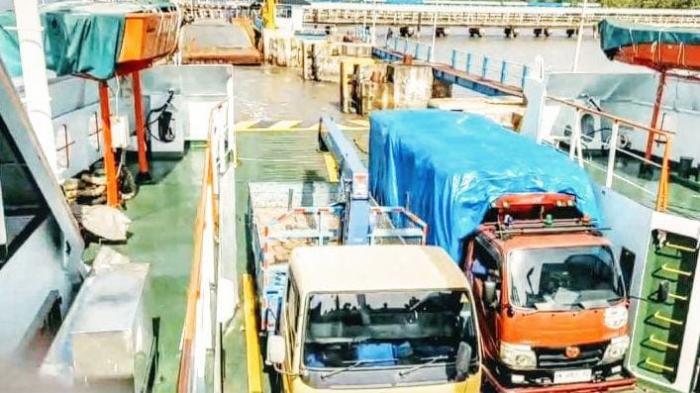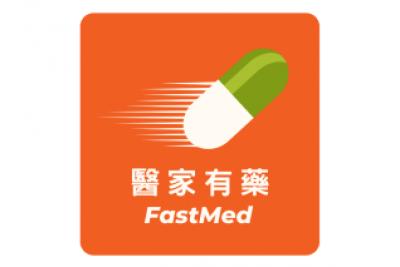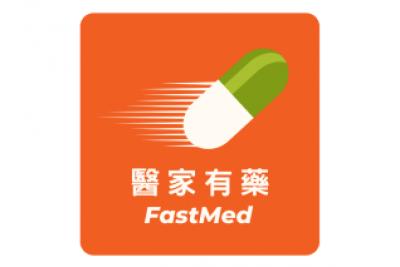Teledyne e2v's Radiation Tolerant Quad ARM Cortex-A72 Space Processor Successfully Passes 100krad TID Testing
Administrator Senin, 16 November 2020 15:56 WIB

GRENOBLE, FRANCE - 16 November 2020 - Teledyne e2v has announced that its popular LS1046-Space processor has now passed stringent total ionizing dose (TID) radiation tests, achieving 100krad resilience. This multi-core device, which features four 64-bit Arm® Cortex®-A72 processing cores, was able to operate as normal after the TID tests had been undertaken. These results complement those previously obtained in terms of single event latch-up (SEL) and single event upset (SEU) when exposed to heavy-ions up to more than 60MeV.cm²/mg.
Running at operating frequencies of up to 1.8GHz, Teledyne e2v LS1046-Space is based on NXP processor technology. It has a built-in 64-bit DDR4 SDRAM memory controller with 8-bit error corrected code (ECC), plus a 2MByte L2 cache shared across its cores. L1 and L2 caches are both ECC-protected, so as to offer a high degree of immunity to data corruption. This high-reliability processor is supplied in a 780-ball BGA package and comes with a wide range of interfaces embedded - including 10Gbit Ethernet, PCI-Express (PCIe) 3.0, SPI, I2C, multiple UARTs, etc. Conforming with NASA Level 1 requirements, and typically integrated into space-oriented single board computers (SBCs), it is commonly used in satellite-based imaging related tasks, such as processing/conditioning and image data compression, as well ultra-low latency communications and on-board decision making (leveraging AI algorithms).
Thanks to the new test results obtained, customers will now have the information needed to know how the processing cores incorporated into LS1046-Space device will behave within challenging space settings. Engineers will be able to make better-informed choices about device selection by referring to the detailed test data now available. The TID figures will give them strong assurances about the longevity of these units when deployed into space, while the SEL/SEU heavy ions results provide elevated confidence in ongoing functional integrity.
"As a company, we have been involved in space projects for over three decades, working with the leading agencies and commercial entities in this sector. Our customers are fully aware of the reputation our processor ICs have gained, as well as the performance and extreme reliability benefits that can be brought to their hardware implementations through using them," states Thomas GUILLEMAIN, Marketing & Business Development Manager at Teledyne e2v. "These latest radiation results give a strong validation of the value that our radiation-tolerant, compute-intensive processors offer to space applications, with unquestionable reassurance that they can survive in the most extreme operating conditions."
"We have set out a well-defined road map to follow on from this, with full characterization of the accompanying peripheral interfaces by early 2021, then comprehensive single event functional interrupt mitigation testing by the middle of that year," he concludes. (*).
Berita Terkait
Komentar
0 Komentar
Silakan Login untuk memberikan komentar.
FB Comments






